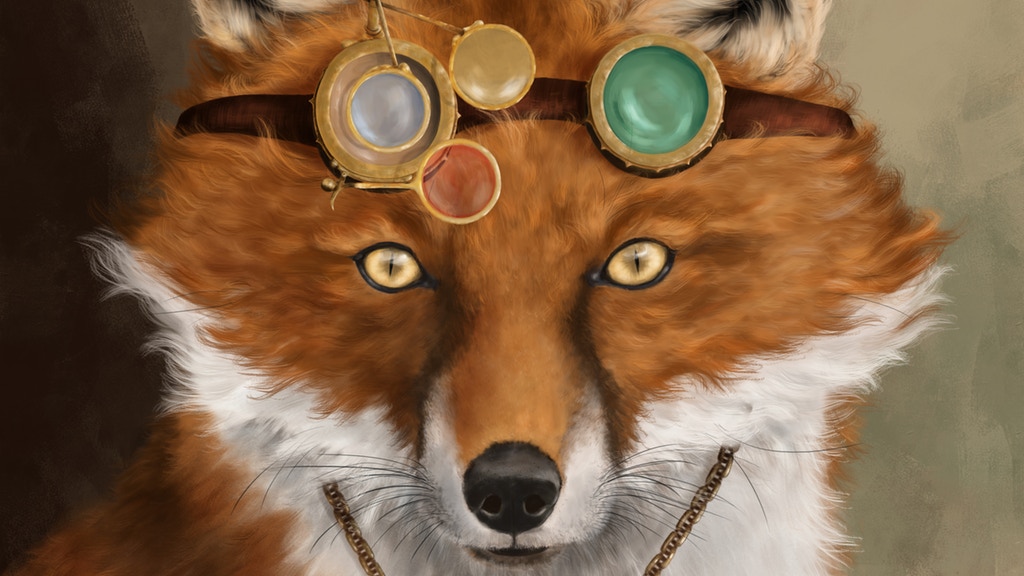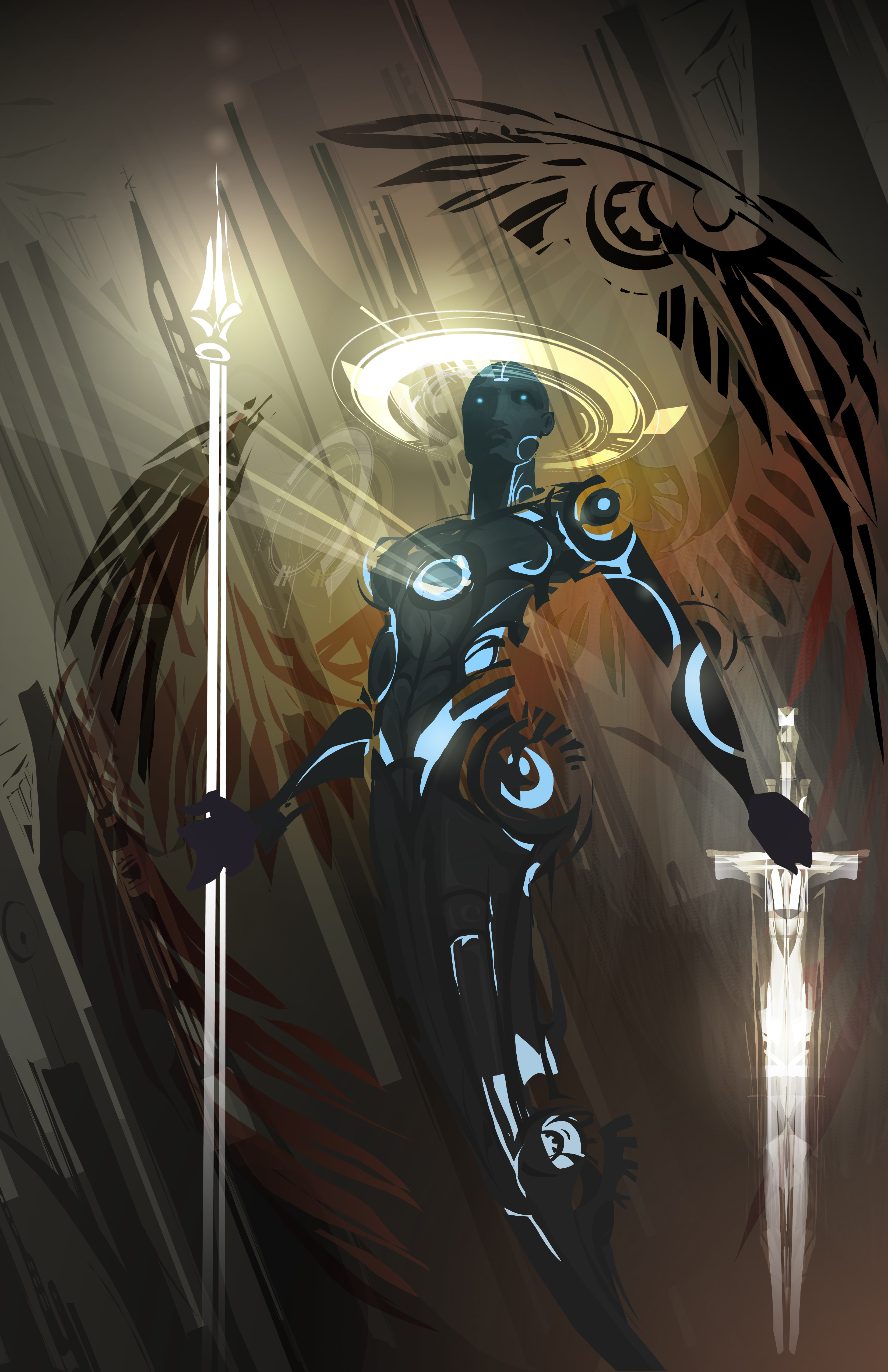written by David Steffen
Uncanny Magazine is an online Science Fiction and Fantasy magazine with a commitment to diversity. Lynne M. Thomas and Michael Damien Thomas are the co-publishers and co-editors-in-chief, and Michi Trota is the managing editor. The first issue of Uncanny Magazine was published in November 2014. Uncanny Magazine has already been nominated for and won multiple SF/F awards, including winning the Hugo Award for Best Semiprozine, and multiples stories first published there nominated in the Hugo story categories, winning a Parsec award, as well as being a finalist for World Fantasy Award and Locus Award.
They release monthly issues, in ebook format, online, and two of the stories every month in the podcast. Every episode of the podcast features an update on what the Thomases are up to which varies in length between about two minutes and twenty, which includes any publishing changes, convention travel, mention of current events (usually regarding publishing or politics). Then, the story (sometimes two), the poem, and an interview (often of the author of the story, but that may not always be true).
This list is based on the list of all of the stories published on the podcast only since the beginning of the podcast, which comes to about 50 stories. This list is not based on stories that Uncanny Magazine published in ebook/online formats that weren’t on the podcast, so if you like what you read here, you should certainly go read more of their fiction that wasn’t considered for this list. This list also doesn’t include poetry because I am a terrible judge of poetry.
The List
1. “Big Thrull and the Askin’ Man” by Max Gladstone
The dialect of the narrative voice of this one took a little bit getting used to, but the incredible reading by Heath Miller helped sell this a lot, he pulled the dialect off splendidly. The story follows Big Thrull, who is a legendarily tough member of a legendarily tough race that is heavily based on customs and values toughness and straightforwardness, who invites the “Askin’ Man” into her home as a guest who is of a culture and toughness that we would call more ordinary who knows how to ask the right questions to get what he wants. Big Thrull has to quickly become acquainted the slippery slope of giving small favors.
2. “When the Circus Lights Down” by Sarah Pinsker
The circus is a living thing, and the big top tent lights down from the sky and attracts the nearby residents to come and visit before lighting off again sometime in the near future.
3. “Auspicium Melioris Aevi” by JY Yang
Harry Lee Kuan Yew is being rigorously tested. Not just this Harry Lee, but the dozens of other Harry Lees before him, tested against various battle simulations the original Harry Lee had faced up against, and scored and ranked to determine their future fates.
4. “The Tale of the Three Beautiful Raptor Sisters and the Prince Who Was Made of Meat” by Brooke Bolander
Three velociraptor sisters live together in the wilderness. One day, a vapid and arrogant prince discovers them there, and after they eat his horse he seems so helpless one of the sisters helps him find his way home. Hilarious and fun, and with Bolander’s distinctive voice.
5. “Wooden Feathers” by Ursula Vernon
A woman carves wooden ducks to sell at local fairs. Every single day an old man buys the cheapest one she has on display with barely a word. What is he doing with all of those ducks? This story has one of the best and most surprising moments, where the story suddenly shifts from a curious mystery to something much different. (full disclosure: I reprinted this story in The Long List Anthology Volume 2: More Stories From the Hugo Award Nomination List)
Honorable Mentions
“Pipecleaner Sculptures and Other Necessary Work” by Tina Connolly
“Pockets” by Amal El-Mohtar
(full disclosure: I reprinted this story in The Long List Anthology Volume 2: More Stories From the Hugo Award Nomination List)
“Down and Out in R’lyeh” by Catherynne M. Valente
Another story read by Heath Miller who did an incredible job selling the voice on a story that might’ve been difficult to read. The story uses “squamous” to mean very drunk, and especially with Miller’s reading voice, it really works.


